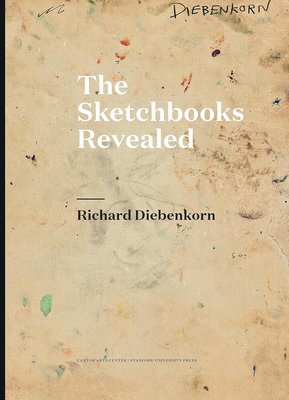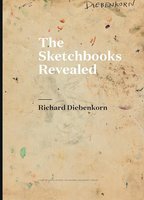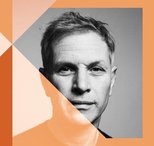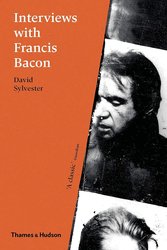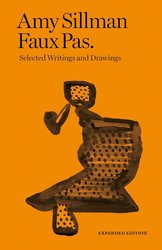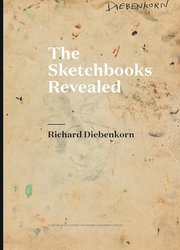Throughout his long career, Richard Diebenkorn always kept a sketchbook―a portable studio, as he called it―to capture his ideas. Scattered across these books are deeply personal sketches of his wife and studies of the human figure, grand landscape studies, and evidence of the development and maturation of Diebenkorn's signature approaches to figuration and abstraction. Taken together, these sketchbooks offer a nearly complete look at his career, from his twenties to the years just before his death at age seventy. He added to these sketchbooks throughout his life, routinely putting one down only to pick it up again years later, and their improvised nature ensures that each turn of the page offers a surprise. Richard Diebenkorn: The Sketchbooks Revealed provides a unique look into this previously inaccessible trove of images. All twenty-nine sketchbooks are represented, including one reproduced in its entirety. More than 500 full color images show off stunning gestural sketches and glimpses of the artist's lived experiences. Essays by Enrique Chagoya, Alexander Nemerov, Peggy Phelan, and Steven A. Nash offer insights in to the artist's career, working process, and the visual dialogues Diebenkorn forged with fellow artists past and present. And Gretchen Diebenkorn Grant contributes a remembrance of her father and his artistry. This extraordinary collection of Richard Diebenkorn's sketches is unprecedented in displaying an artist's process, and through the collection we can better understand Diebenkorn's style of working. Presented together in this book, the sketchbooks become a revelation of sorts, offering intimate access to the practice of a well-known, important, and prolific artist.
